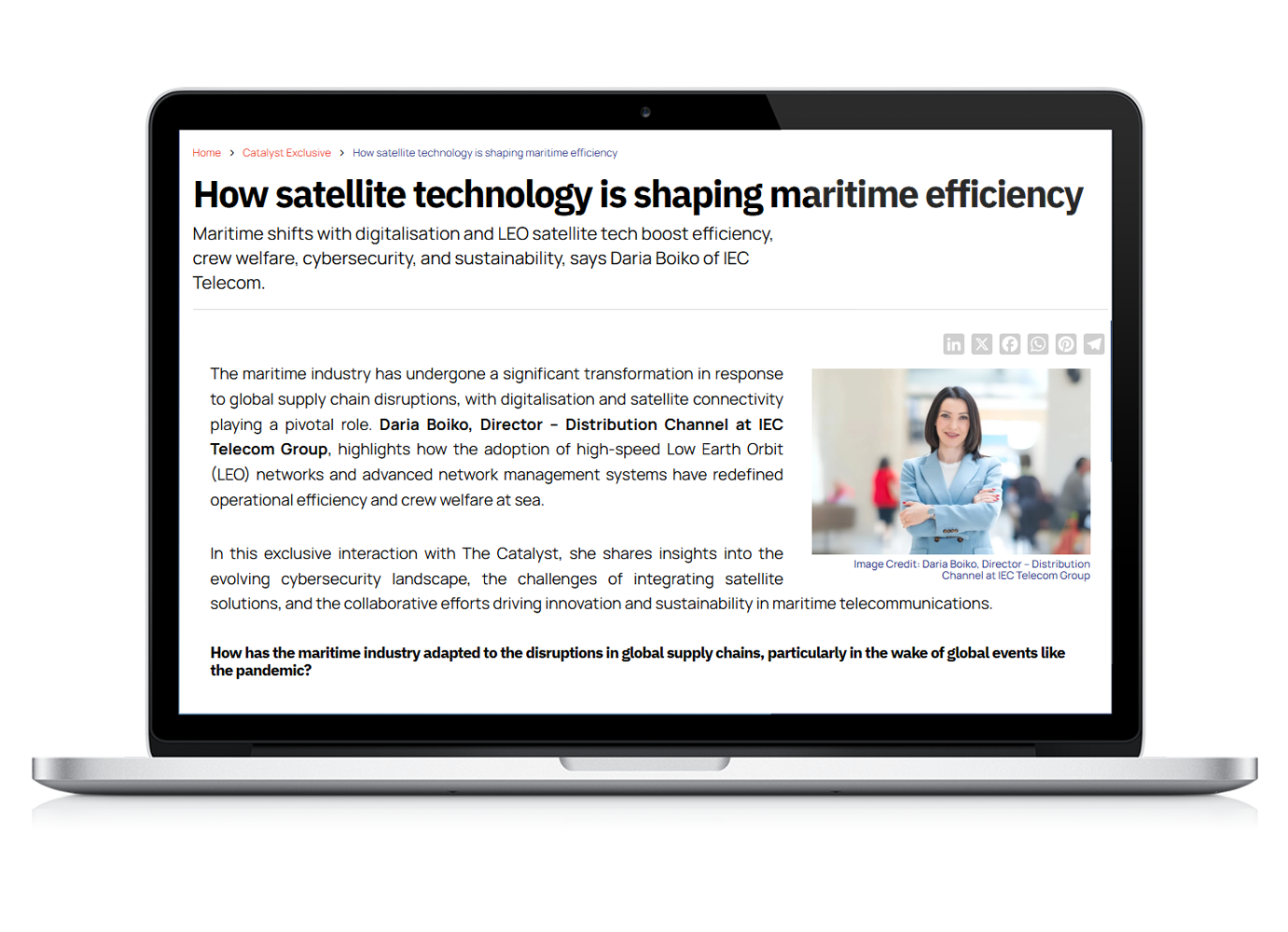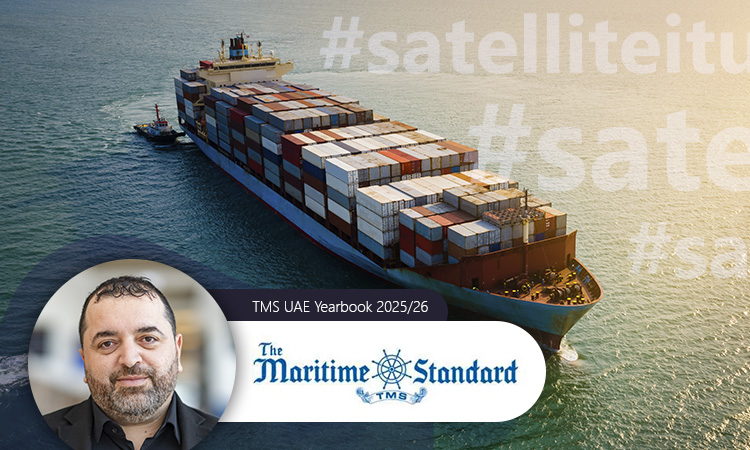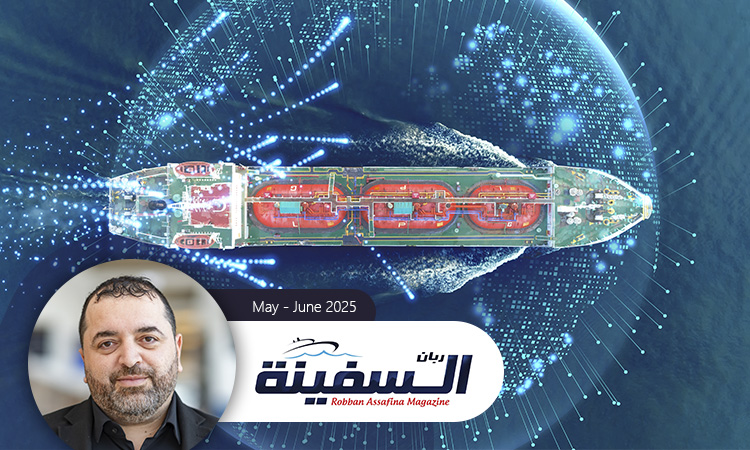The adoption of high-speed Low Earth Orbit (LEO) networks and advanced network management systems is redefining operational efficiency and crew welfare at sea. The pandemic significantly accelerated the adoption of remote technologies and high-speed satellite-enabled solutions. The rise of LEO further accelerated this trend, and as of 2024, 75,000+ vessels were connected to Starlink. As such, network management has become critical, enabling credit rollover between vessels, comprehensive crew welfare programmes, and operational continuity for mission-critical tasks. In parallel, cybersecurity and segregating the crew and corporate networks has become a vital consideration. Network management platforms, such as OptiView by IEC Telecom, allow multiple operational environments on board and provide access to a comprehensive analytical dashboard for real-time visibility over key performance metrics for each network. As operational procedures evolve to adapt to a new connected environment, LEO satellites provide speeds on par with LTE, enabling advanced digital services on vessels. Ongoing collaboration between key stakeholders ensures that systems remain adaptable, scalable, and capable of meeting the changing demands of the maritime industry. Efforts are also being made to reduce greenhouse gas emissions in line with the IMO targets. Satellite connectivity is playing a crucial role in ensuring decarbonisation – facilitating real-time data analysis for route optimisation, predictive maintenance, and improved fuel efficiency. Read more about IEC Telecom’s solutions that enable data-driven operations to shape a more connected future for maritime operations in this recent publication by Daria Boiko, Director – Distribution Channels at IEC Telecom, for The Catalyst.




